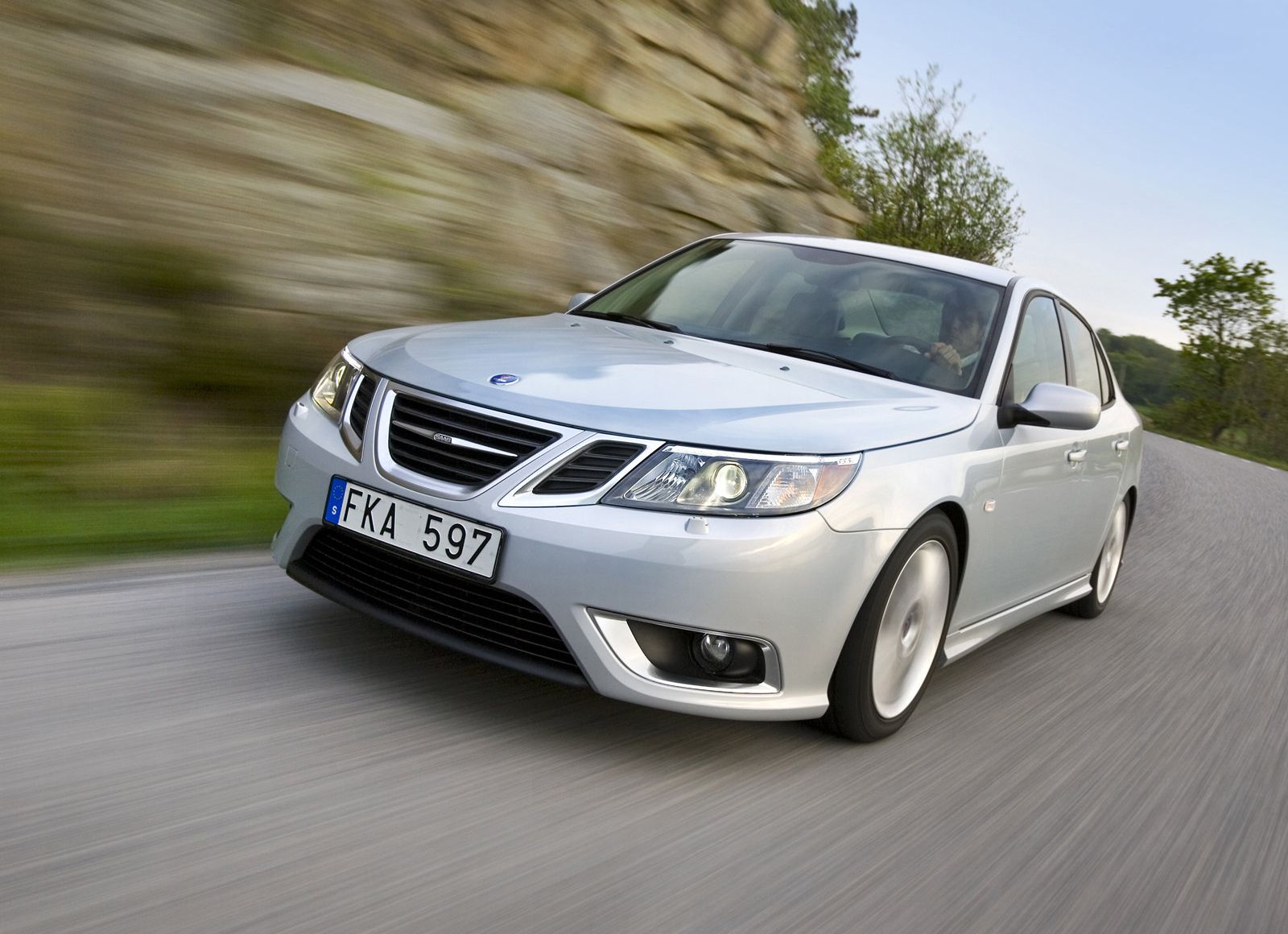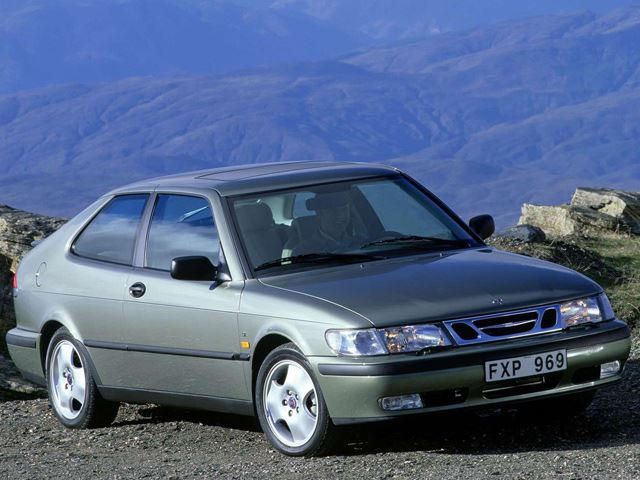Obviously, any car from an automaker that has gone under is going to lose a horrifying amount of value, but this will only be compounded if the vehicle in question wasn't so great at keeping its value beforehand. Saab was once a very interesting car company, one which even catered to interesting people. But there is little need to lament the loss of the 9-3, as by the end, it barely hung on to much of that Saab uniqueness anyway. But the 9-3 was actually a car with a long and proud history.
Its roots can be traced back to 1968 and the introduction of the groundbreaking model known as the 99 - a car with innovative features and interesting and unique styling. It was the car which gave the reputation as an intellectual's car, and it was one which it always strove to uphold. In 1978, the 99 would be fitted with a turbocharger, and although other carmakers had done it before this, the 99 was the first car with a turbocharger which would actually result in an evolution of the technology. That same year, although it was not technically a replacement, the 99 would give birth to the 900, a model which would see an increase in popularity for both Saab and turbocharging.
About halfway through the life of the 900, GM acquired controlling interest in Saab, prior to a full takeover. That came with pressure to share platforms with other GM models, which started with the first-gen 900. Saab would change as many components as possible to its own parts, but it was a losing battle with the GM accountants. Saab was forced to use more GM parts when the switch was made from the 900 to the 9-3 in 1998, and more still when the second-gen 9-3 debuted in 2002. This last version suffered the worst from depreciation, offered for ten years in a market that can typically tolerate no more than six.
Facelifts can do a bit to help offset a lingering lifespan, but they have to be pretty extensive in order to really do any good, and the 9-3's 2008 facelift simply did not go far enough. Another problem was the aforementioned platform sharing. It was one thing with the second-gen 900, but as consumers started to notice more and more bits from the GM parts bin, the Saab lost its uniqueness and the resale value came to resemble that of the Malibu from which it got its platform. The final problem with the 9-3 was obviously that the company which made it went under. All Saab models suffered as a result of this, but an entry-level model will always take the biggest hit in these situations.
The platform sharing should have staved off some of the problems caused by the company going under, offering continued parts availability long after. But getting a 9-3 fixed is still a pretty uncomplicated task, as there have been plenty of other cars built by troubled automakers which are far more difficult to have serviced. But an unwillingness to buy a car from a failed company isn't so unusual or difficult to understand. The 9-3 had plenty of fans, especially in convertible form, but the fact that it wouldn't turn out to be a good investment was getting to be pretty obvious by the end.


